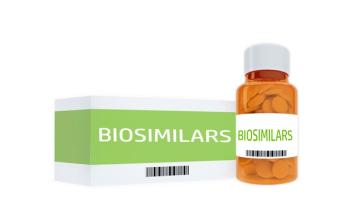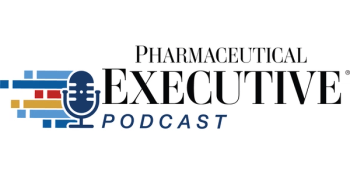FDA Accepts New Drug Application for Gadoquatrane
Key Takeaways
- Gadoquatrane is a low-dose gadolinium-based contrast agent for MRI, offering a 60% reduction in gadolinium compared to existing agents.
- The Phase III Quanti studies demonstrated Gadoquatrane's efficacy and safety in both adult and pediatric patients, meeting primary and secondary endpoints.
Bayer's Gadoquatrane, a low-dose MRI contrast agent, aims to enhance imaging safety and efficacy for chronic disease patients, pending FDA approval.
Bayer Global announced that its New Drug Application (NDA) for Gadoquatrane was accepted for review by the U.S. FDA. Gadoquatrane’s NDA was filed for contrast-enhanced magnetic resonance imaging (MRI) of the central nervous system (CNS) and other regions of the body in adults, and pediatric patients.
Dr. Konstanze Diefenbach, head of radiology research & development at Bayer’s Pharmaceuticals Division touched on the importance of Gadoquatrane’s approval, saying, “Chronic diseases like cancer, neurological disorders like multiple sclerosis and cardiovascular conditions are on the rise, leading to an increase in medical imaging. Patients, especially those who require multiple examinations over the course of their lives, can benefit from a reduced contrast media dosage.”1
What is Gadoquatrane?
Gadoquatrane is an investigational extracellular macrocyclic contrast agent in clinical development for contrast enhancement in MRI. A low-dose gadolinium-based contrast agent featuring a distinct tetrameric structure with high stability and high relativity.1
The agent is part of Bayer’s radiology portfolio featuring contrast agents and devices for precise administrations across modalities including computed tomography, x-ray, MRI, and positron emission tomography. In 2024 it was reported that Bayer’s Radiology products generated an estimated $2.8 billion in sales. This pushed Bayer to continue advancing its research and development in medical imaging while also providing a push for integrating AI into its workspace.
If Gadoquatrane becomes approved, it will be the lowest dose macrocyclic gadolinium-based contrast agent (GBCA) available within the U.S. Gadoquatrane’s submitted dose of 0.04 mmol per pound of body weight correlates to a 60% reduction in gadolinium compared to other GBCAs dosed at just 0.01 mmol per pound of body weight. Since their introduction to medicine in 1988, upwards of 800 million GBCA doses have been administered globally, and in 2023 an estimated 63 million GBCAs doses were administered.
Gadoquatrane’s submission to FDA is based on positive data from the pivotal Phase III Quanti studies evaluating the efficacy and safety of gadoquatrane in adult and pediatric patients globally. Additionally, healthcare authorities in Japan, the European Union, and other countries are currently reviewing applications for marketing authorization for gadoquatrane, along with further regulatory applications to health authorities worldwide.
What is Quanti?
The Phase III development program Quanti, investigated Gadoquatrane at a dose of 0.04 mmol per pound of body weight, representing a 60% lower gadolinium dose compared to macrocyclic contrast agents dosed at 0.01 mmol per pound of body weight. QUANTI consisted of two large multinational randomized, prospective double-blind, crossover Phase III studies, Quanti CNS and Quanti OBR (Other Body Regions), as well as the Quanti Pediatric study.1 A total of 808 participants from 15 different countries participated in the program.
Results from the study yielded data, showing that Gadoquatrane met both its primary and secondary efficacy endpoints. These endpoints were assessing visualization parameters, along with lesion detection. These results demonstrate that, Gadoquatrane’s pharmacokinetic behavior in children, is similar to what is reported in adults administered with the same dose.
The observed safety profile for Gadoquatrane in adults, as well as in pediatric patients from birth to <18 years of age in the QUANTI studies, generally proved consistent with previous data on gadoquatrane and other macrocyclic GBCAs with no new safety signals observed.
Sources
- Gadoquatrane New Drug Application Accepted for Review by U.S. FDA Bayer Global August 27, 2025
https://www.bayer.com/media/en-us/gadoquatrane-new-drug-application-accepted-for-review-by-us-fda/
Newsletter
Lead with insight with the Pharmaceutical Executive newsletter, featuring strategic analysis, leadership trends, and market intelligence for biopharma decision-makers.





